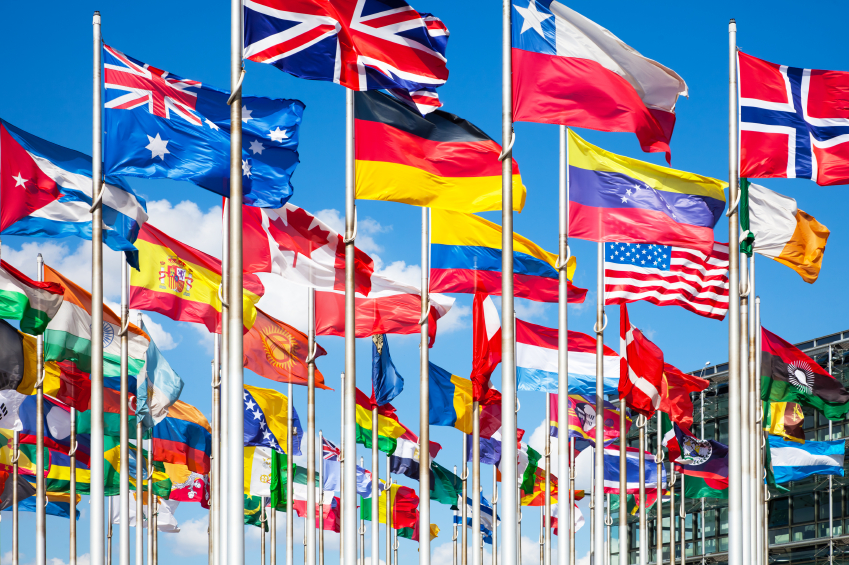There seems to be no end in sight for the ongoing global trade war. Indeed, President Donald Trump has suggested there won’t be a deal before the 2020 presidential election. Businesses, therefore, should plan for continued uncertainties with supply chains.
What’s happening? A brief history of tariffs and the United States-China trade war
A tariff is a tax on imports typically paid by the importer of record when goods cross an international border. Tariff rates vary depending on the product and countries involved. Every product that’s shipped from one country to another is assigned a tariff code, and each code has a corresponding customs duty or tariff.
[This article first appeared on the Avalara blog.]
Tariffs in the U.S. have been relatively low for decades. Back in 1930, the protectionist Smoot-Hawley Tariff Act dramatically increased tariffs on more than 20,000 U.S. imports and sparked retaliatory tariffs in approximately 25 countries. It bred ill will and is widely believed to have had a disastrous effect on the global economy. Eventually, the U.S. ditched protectionist economics and embraced a policy of freer trade.
Now protectionism is back, along with higher tariffs. Chinese imports are a primary target, but tariffs have been proposed for or imposed on a wide range of products from many countries, including aluminum from Turkey, steel from Canada, and airplanes, cars, and wine from the European Union.
Other countries are retaliating in kind. The EU raised tariffs on American denim, motorcycles, and peanut butter; Russia put tariffs on American fiber optics and other equipment; India raised tariffs on American almonds, apples, and walnuts. Turkey doubled tariffs on more than 20 American goods in 2018, then promised to reduce them in May 2019. What will happen next week is anyone’s guess.
It’s a challenging environment for businesses.
What can you do?
When tariffs increase, businesses generally have one of three options: Absorb the higher cost, increase prices to pass it on to customers, or rework the supply chain to avoid the higher tariffs. There are advantages and disadvantages to each.
Absorb the higher cost
Higher tariffs typically translate into more costly inputs and end products. If you’re worried the market won’t bear price increases, you can absorb the cost of the tariffs. This can be done individually, or the cost can be split with suppliers if they’re willing.
The advantage to absorbing the higher cost is that customers won’t get sticker shock and walk away. This may be a good option — or even the only option — for orders placed prior to the implementation of new tariffs.
The disadvantage, of course, is lower profit margins. You’ll need to determine if you can withstand the extra cost, and if so, for how long.
Increase prices
Another option is to increase prices as soon as the tariffs take effect, to cover your additional expenses. This can be done as an all-out price increase or a temporary surcharge that can be eliminated if the tariffs are.
The advantage to increasing your prices is that you’ll cover your costs.
The disadvantage, of course, is that you risk angering customers and losing contracts.
Rework the supply chain
Finally, you can try to rework your supply chain in order to avoid the tariffs altogether. You can move your operation to another country, reroute products to avoid crossing certain borders, or switch suppliers.
The advantage of developing a more resilient and supple supply chain is that you’ll be in a better position to respond to unexpected future challenges, such as extreme weather or natural disasters. At least you’ll have practiced coming up with creative solutions.
The disadvantage, of course, is that it’s challenging and expensive to move operations; rerouting products can delay shipments; and switching suppliers can affect lead times or the quality of your products. These are big actions that should be considered in relation to your long-term business plan.
Develop an action plan
Perhaps the most challenging aspect of the current trade war is its volatility. No one knows when a new tariff will be announced, what it will impact, or how affected countries will respond. You need to be alert and agile as you consider the best way to respond to the global tariff war.
Learn more by reading this Gartner report, How Your Supply Chain Should React to Tariff Uncertainties in the United States and China.
========-
Gail Cole began researching and writing about sales tax for Avalara in 2012 and has been fascinated with it ever since. She has a penchant for uncovering unusual tax facts, and endeavors to make complex sales tax laws more digestible for both experts and laypeople.
Thanks for reading CPA Practice Advisor!
Subscribe Already registered? Log In
Need more information? Read the FAQs





